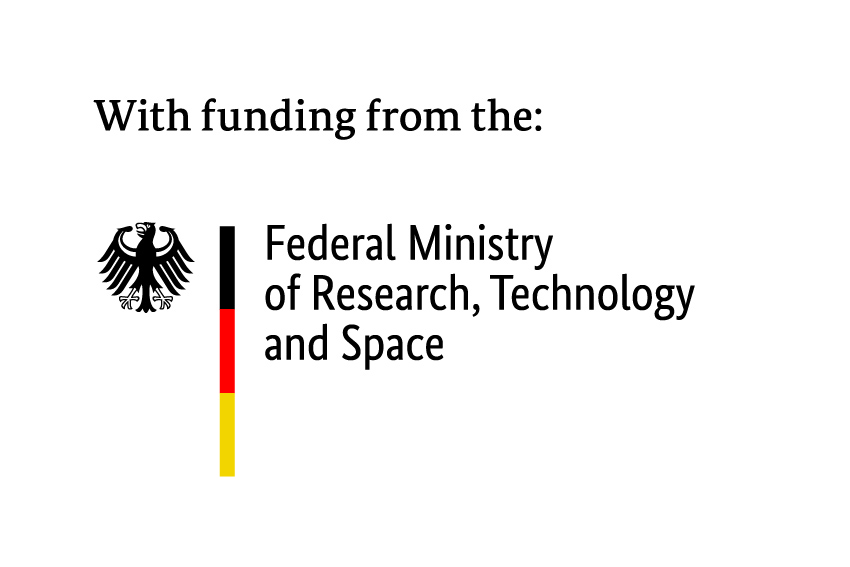The title of doctoral thesis is: „Distributed Function Approximation over Noisy Channels“
The doctoral examination board consists of the following members:
Chair:
Prof. Guiseppe Caire, PhD (TU Berlin)
Reviewers:
Prof. Dr.-lng. Slawomir Stanczak
Prof. Dr. Michael C. Gastpar (EPFL Lausanne, Switzerland)
Dr. Jingge Zhu (University of Melbourne, Australia)
Abstract:
Over-the-Air (OTA) computation is the problem of computing functions of distributed data over a wireless channel without transmitting the entirety of the data to a central point. By avoiding such costly transmissions, OTA computation schemes can achieve a better-than-linear (depending on the function, often logarithmic or even constant) scaling of the communication cost as the number of transmitters grows. Among the most common functions computed OTA are linear functions such as weighted sums. In this work, we propose and analyze a method for the approximation of functions of distributed arguments over noisy channels. This method can be used as an analog OTA computation scheme for a class of functions that contains linear functions as well as some nonlinear functions such as p-norms of vectors. We prove error bound guarantees that are valid for fast-fading channels and all distributions of fading and noise contained in the class of sub-Gaussian distributions. This class includes Gaussian distributions, but also many other practically relevant cases such as Class A Middleton noise and fading with dominant line-of-sight components. In addition, there can be correlations in the fading and noise so that the presented results also apply to, for example, block fading channels and channels with bursty interference. We do not rely on any stochastic characterization of the distributed arguments of the OTA computed function; in particular, there is no assumption that these arguments are drawn from identical or independent probability distributions. Our analysis relies on tools from high-dimensional statistics which we adapt so that they are applicable to the scenario at hand. The resulting error guarantees are nonasymptotic and therefore provide error bounds that are valid for a finite number of channel uses.
OTA computation has a huge potential for reducing communication cost in applications such as Machine Learning (ML)-based distributed anomaly detection in large wireless sensor networks. We show this potential with two examples of how our OTA computation scheme can be used to vastly increase the efficiency of Vertical Federated Learning (VFL) over a wireless channel. We also illustrate the efficiency gain with numerical simulations for a few example cases.
Then, we move on to propose a new method to protect OTA computation schemes against passive eavesdropping. Our method uses a friendly jammer whose signal is – contrary to common intuition – stronger at the legitimate receiver than it is at the eaves dropper. It works for a large class of analog OTA computation schemes and we give details on the special case of computing an arithmetic average over an Additive White Gaussian Noise (AWGN) channel. The derived secrecy guarantee translates to a lower bound on the eavesdropper’s mean square error while the question of how to provide operationally more significant guarantees such as semantic security remains open for future work. As key ingredients in proving the security guarantees, we propose and prove generalizations of known results on channel resolvability and coding for compound channels for the case of continuous channel input and output alphabets.




